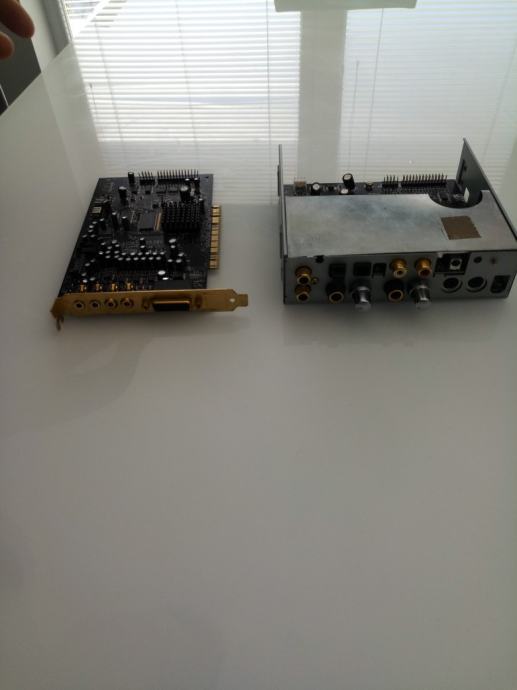
- #SOUND BLASTER SOFTWARE FOR SOUNDBLASTER X FI FATALTY SOFTWARE UPGRADE#
- #SOUND BLASTER SOFTWARE FOR SOUNDBLASTER X FI FATALTY SOFTWARE#
- #SOUND BLASTER SOFTWARE FOR SOUNDBLASTER X FI FATALTY SERIES#
#SOUND BLASTER SOFTWARE FOR SOUNDBLASTER X FI FATALTY SOFTWARE#
You know, with the proper software and some cooling we could overclock it easily :)

Small interesting fact, the 0.13 micron manufactured core clock of this card is 400 MHz! The X-Fi sound processor is compiling it's data at 48 kHz yet the up and down conversion is managed in such an advanced way that there basically is no loss of sound anymore. One of the more known issues for all previous generation products was that internal conversion between 44.1 and 48 KHz, that conversion could actually be heard on Audigy 4 and lower products, it's a huge task. The first being to improve the SRC (Sample Rate Conversion). The extra RAW calculation power is used for a number of things.
#SOUND BLASTER SOFTWARE FOR SOUNDBLASTER X FI FATALTY SERIES#
The untouchable Audigy series had 4.6 Million transistors on that silicon, right now we're looking at 11 times less transistors compared to the new X-Fi audio processor. The new X-Fi silicon has almost 26 times more transistors. To me it is remarkable to see that large transistor count compared to let's say the SoundBlaster Live! series which quite honestly is a lovely product. Overall Audio Sample Rate & Effects Processing MIPS vs Live! Let's talk a little about the silicon arming all previous soundcards and their increased muscle power.

We finally are stepping away from that good ol' EMU10K audio processor that we all know and love from the Live! and Audigy series. Anyway, developed under codename Zenith this is X-Fi. That transistor count versus the clockspeed defines your soundcard functionality. Well not all, especially when it comes to soundcards, but the sheer amount of transistors on any silicon give it more function and capabilities.

#SOUND BLASTER SOFTWARE FOR SOUNDBLASTER X FI FATALTY SOFTWARE UPGRADE#
The new X-Fi series received a complete software upgrade and of course supports the basics like Speaker Control, EAX, THX and finally an Equalizer. The Creative cards offer the most in terms of "stuff" with their cards.


 0 kommentar(er)
0 kommentar(er)
